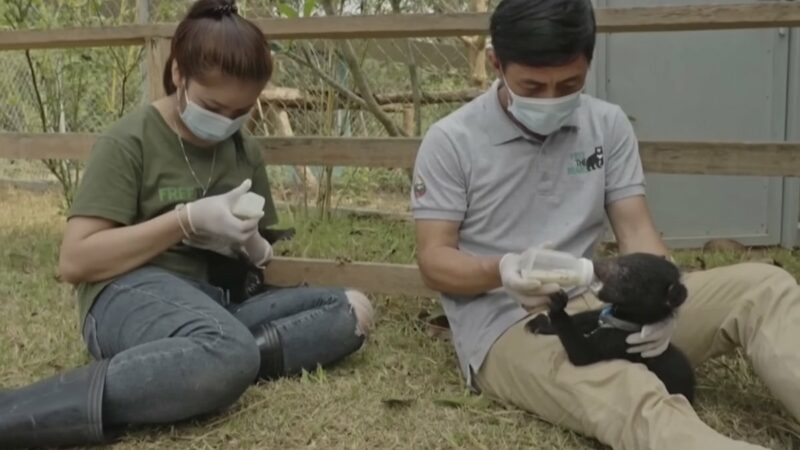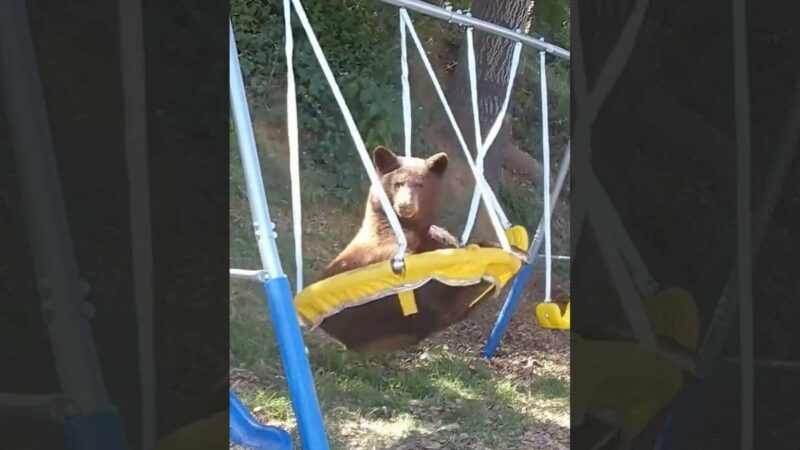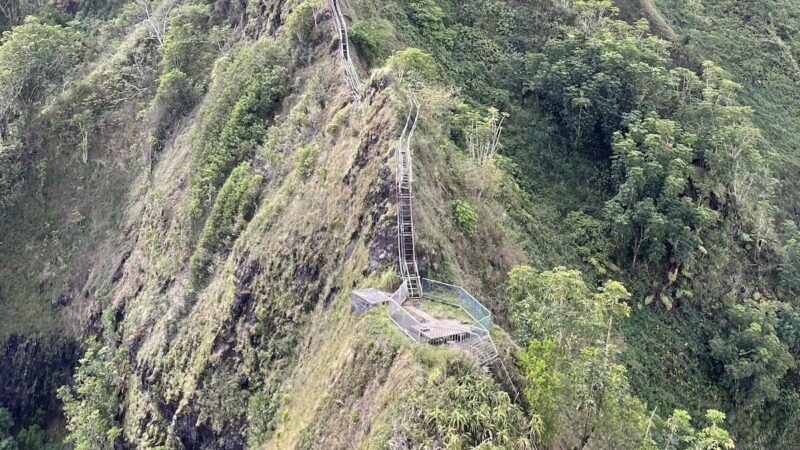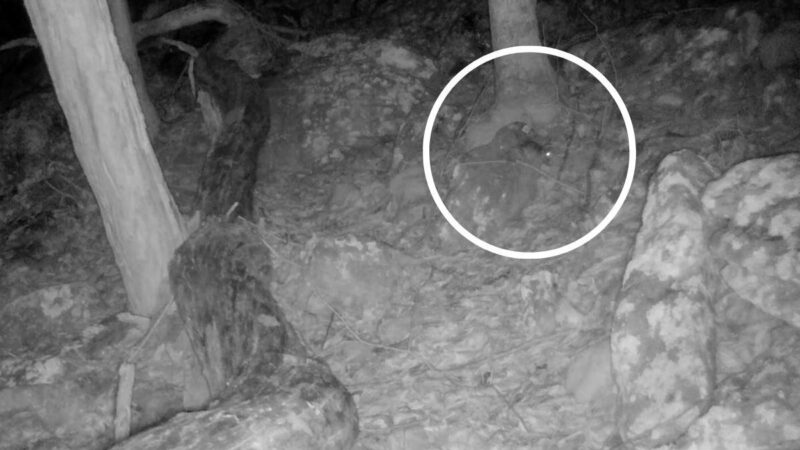How Bear Grylls uses nature to deal with stress
As a survivalist, Chief Scout, and former SAS Reserve, Bear Grylls spends most of his time in the outdoors, and he has learned how nature and time outside can help reduce stress.
From climbing Mount Everest to crossing the Atlantic in a tiny RIB, from dealing with dangerous snakes and angry crocodiles to eating giant maggots, his many adventures have required courage, skill, and stamina.
However, Bear has noted that some challenges can still make him anxious or stressed out. For example, he’s admitted to being scared of heights and of jumping out of planes (he once broke his back in three places during a parachute accident) and in Mud, Sweat And Tears, he opened up about his lack of confidence in school and how he dealt with being a target of school bullies.
Even today, one of his biggest fears is walking into a room full of people. “We all have fears. I’m scared of so many things,” he once told the BBC. “I’m really bad at cocktail parties with lots of people I don’t know. I really genuinely am.”
April is Stress Awareness Month, so here, let’s look at some of the ways the always-adventurous Bear Grylls handles stress and anxiety.
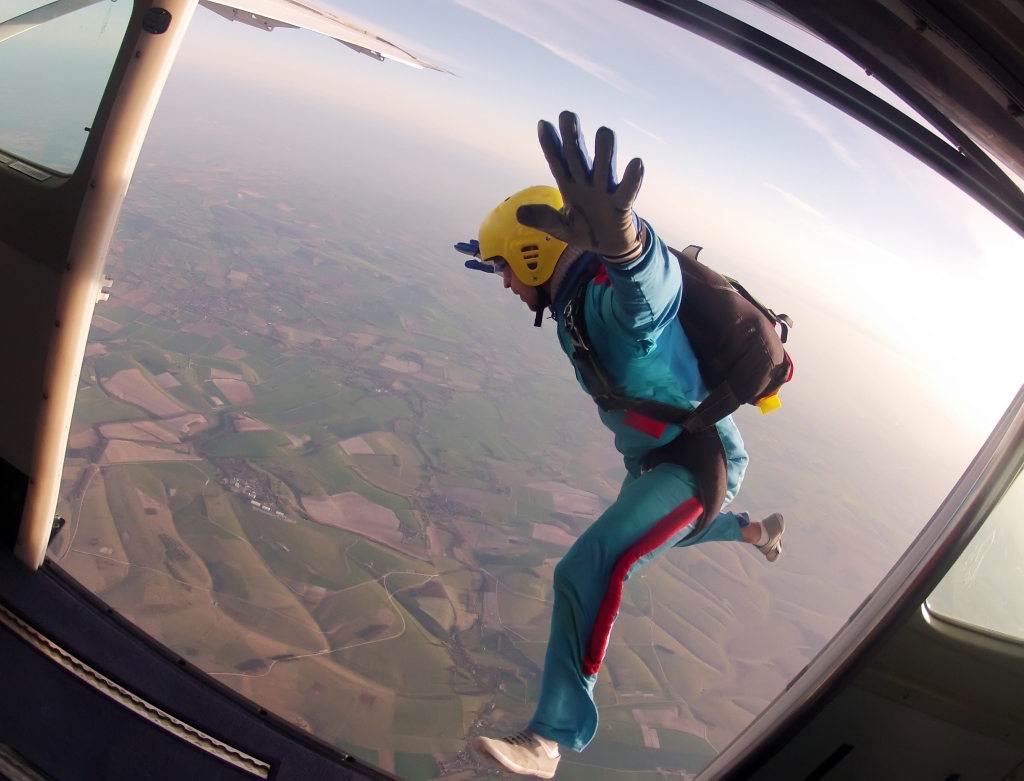
Overcoming fear
One of his favorite ways to de-stress is – no surprise – to spend quiet time in the outdoors, enjoying the quiet calm, and feeling the restorative benefits of things like sitting beside a mountain stream, camping in a tent, or looking at the stars. Studies have shown that time in nature can help health and well-being.

Box breathing
Another way Bear combats stress is to use the box breathing technique that the US Navy Seals employ.
“Having a natural breathing technique to bring your anxiety down and restore a sharp mind can be a real advantage, especially in situations where you may feel hijacked by fear,” he says in his 2022 book, Mind Fuel. “The more conscious you are of your breathing, the more connected you will be with your body and what it is telling you.”
Bear says that as soon as he feels anxiety, he uses the technique to activate deeper breathing – as shallow breaths can make you feel even more anxious.
Box breathing involves a step-by-step process: First, inhale slowly through your nostrils, counting to four mentally. Then, hold your breath for another four counts. After that, exhale through your mouth for four counts, followed by holding your breath for an additional four counts.
Bear likes to repeat this three or four times until he feels calm.
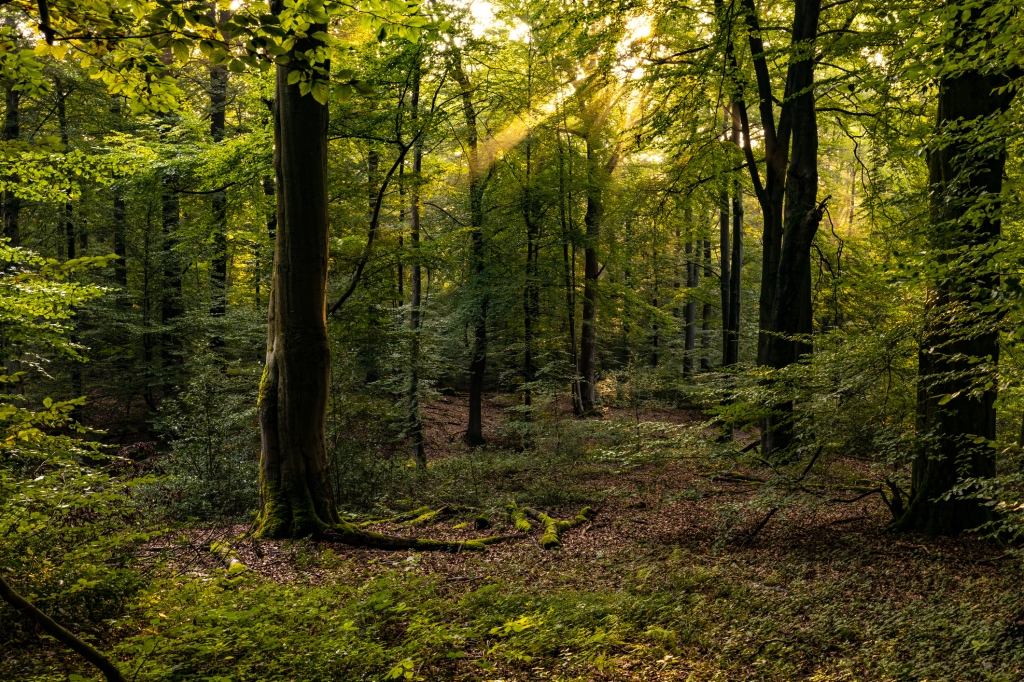
Connect with trees
Bear likes to connect with old trees when he feels stressed. “I have a habit of placing my hand on the trunks of old trees. I imagine how other hands have touched this bark; people facing their own battles over the turbulent course of life,” he says in Mind Fuel.
Bear says that connecting with trees makes him feel grounded and also connected to something bigger than himself. “When we get stressed we can act like we are the center of the world. But remembering that most trees have lived longer than us reminds us we’re all part of this great cycle of life. We are neither the center of everything nor in any way insignificant,” he says.

Change the conditions
Bear also says that stress can act like the effects of high altitude and lack of oxygen on the brain. Bear climbed Mount Everest when he was 23 and he has experienced how a climber’s brain acts when it does not have enough oxygen – becoming confused and disoriented, and making it difficult to make a decision.
He says that stress can feel the same, making a person confused, and tend toward poor choices. Just as a climber deals with hypoxia by going down to an altitude where the air is thicker, people need to lower their heightened state and get some emotional space when they are stressed and have a change of surroundings.
“That could mean going for a walk, listening to music, taking time for meditationor prayer. Or simply talking to a good friend,” he says in Mind Fuel
More from Bear Grylls:
Source: https://outdoors.com/how-bear-grylls-uses-nature-to-deal-with-stress/


